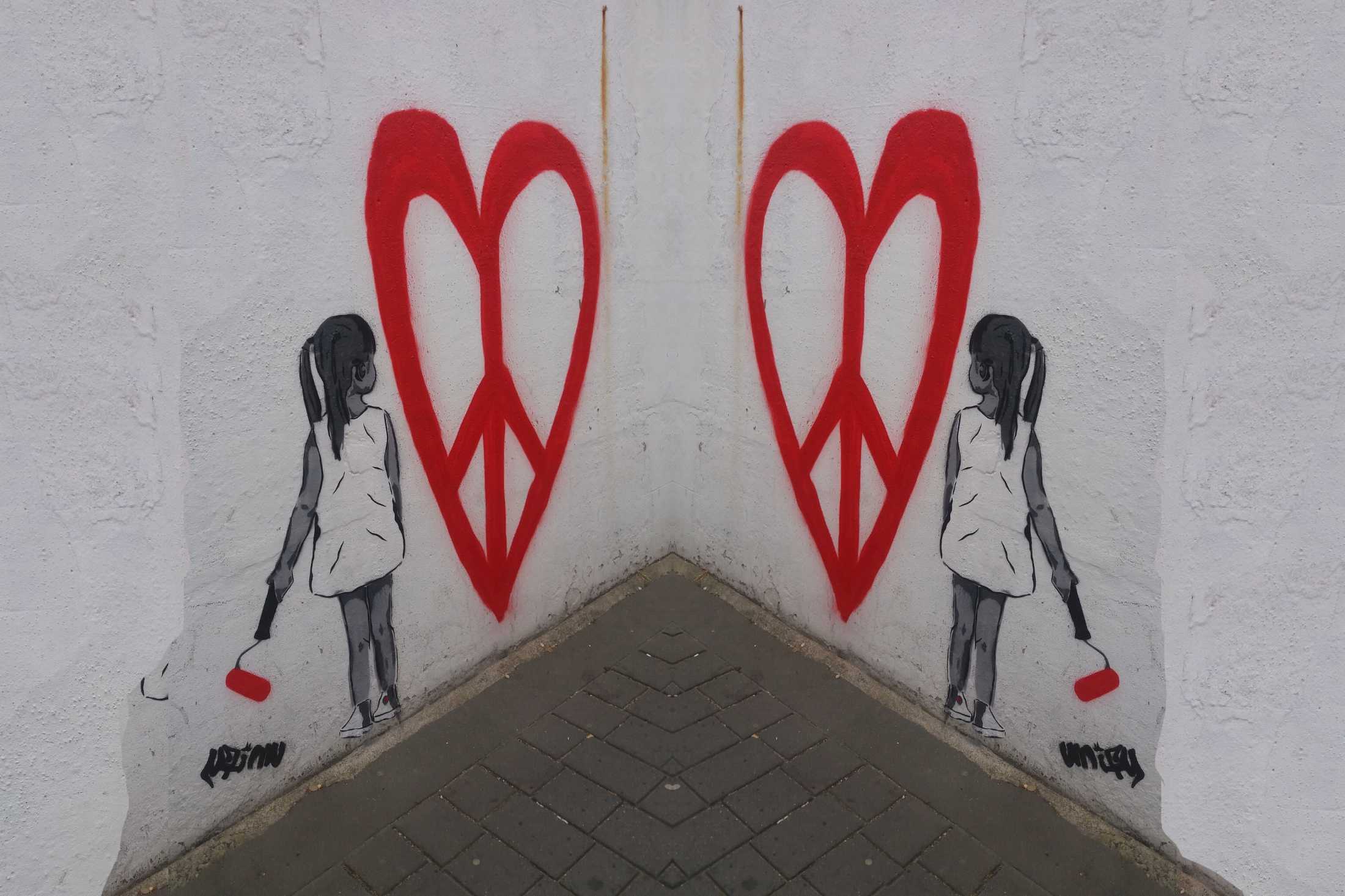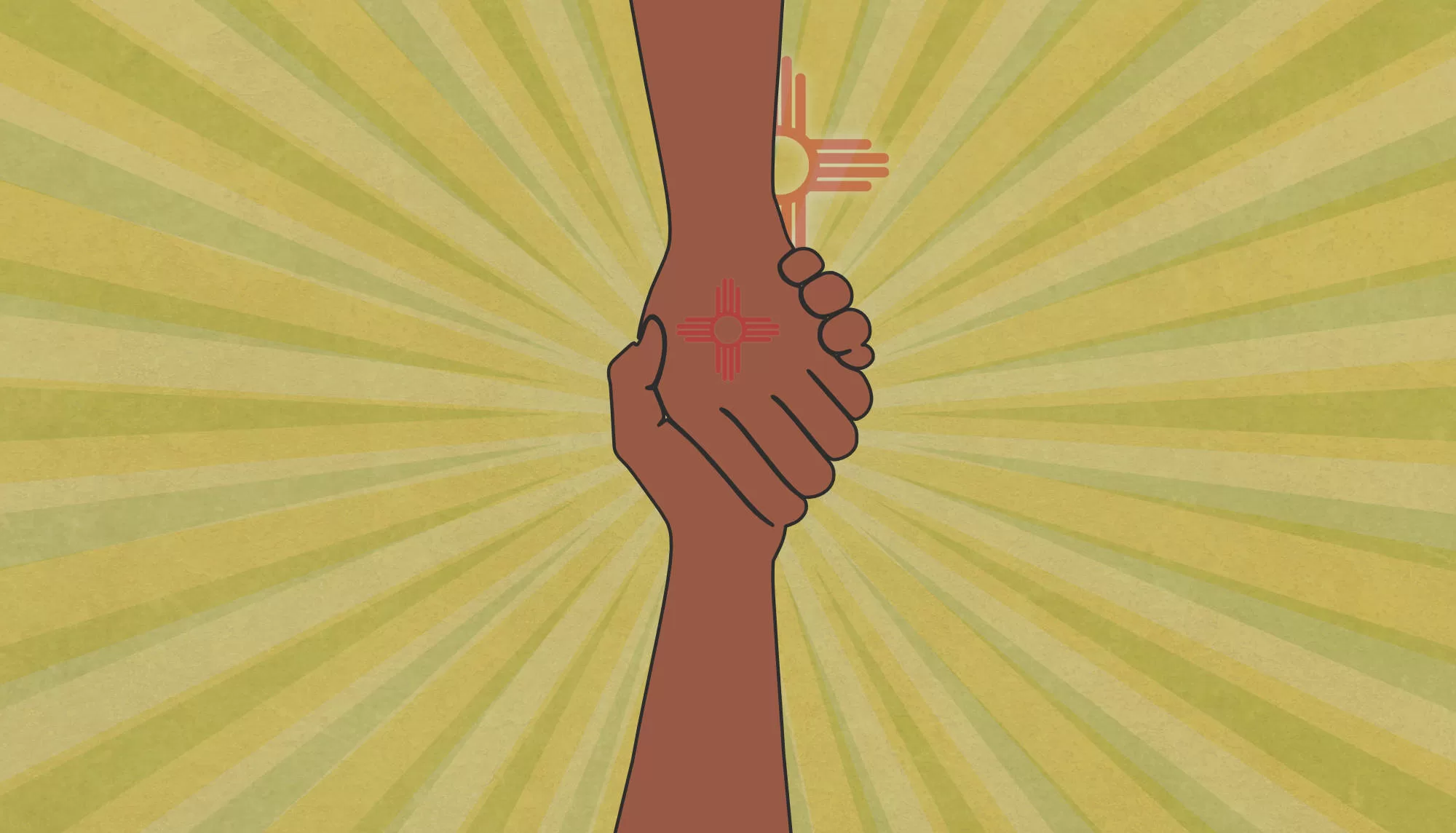Rebranding “Child Abuse Prevention Month”
Important messages about ensuring our children’s right to live abuse-free are promoted throughout Child Abuse Prevention Month. Amid an epidemic of abuse and neglect, this work is now required every day of the week throughout the year.
Today, amid a torrent of clutter within my email inbox, arrived one with the subject head: Child Abuse Prevention Month. Its important messaging included the following seven key points that I wanted to embellish, in the interest of promoting a data-driven approach to preventing the abuse, neglect, and trauma that directly and indirectly diminishes the lives of all our children in all 33 New Mexico counties. My additions are below each point.
- “We are reminded that it is all of our responsibility to prevent child abuse and neglect.”
The vital concept that must be emphasized is “all.” By “all” we stress that our child welfare system (in all 50 states) is not designed, funded, or staffed to prevent child maltreatment. The child protective services system, designed almost a century ago, is designed to intervene after abuse or neglect takes place. Our state system does not yet have the capacity to go upstream to address the root causes of maltreatment. These root causes can include parents living with untreated mental health challenges and substance use disorders, who survive without access to mental health care services. These services are part of what we call the ten vital services for surviving and thriving.
- “Take time to recognize the necessity of working together to promote the social and emotional well-being of children and families.”
By “working together” we have learned from our 100% New Mexico initiative work that preventing adverse childhood experiences that include ten forms of abuse and neglect, requires the active engagement within each county of county commissioners, city councilors, mayors, school board members, state lawmakers, advocates for youth, and leaders of the ten vital family-focused service organizations.
- “Build a pathway to wellness and create sturdy foundations.”
In our work building the capacity of each county to make every child’s health and education the number one priority, the “sturdy foundations” includes access to medical care, behavioral health care, food security programs, affordable housing, and transportation to services.
- “Recognize that we all have a stake in preparing children to grow up to be healthy thriving members of our community.”
For children to become successful students and eventually become job-ready, we “all” must first acknowledge that our children and youth navigate an epidemic of adverse childhood experiences, along with social adversity in the form of racism, classism, and discrimination. To address these, we are promoting the development of fully-resourced community schools with health centers (including behavioral health care for students and their parents). This is the long-term community work 100% New Mexico is engaged in within 15 counties.
- “Be a connection so we can work together to strengthen families and communities.”
“Connection” is key in our county work, and that means working in collaboration and alignment. One champion cannot do this work alone, but, united with other local altruistic stakeholders, progress toward trauma-free childhoods is possible. Connections can be found between our 100% New Mexico initiative and local health council, as well as with other local youth advocates working to develop youth mentoring centers and family service centers.
- “Learn about protective factors to promote well-being and prevent child abuse and neglect”
“Protective factors” for our initiative means access to the ten vital services for surviving and thriving. We base our work on decades of research focused on the social determinants of health and health equity, which demonstrate that when children and families have access to vital services such as timely health care and high quality education, individuals are healthier, safer, and empowered to gain good jobs and become self-sufficient.
- “Remember that when we see something that causes us concern, we should say something. Our future prosperity depends on it.”
I first heard the phrase “if you see something, say something” after 9/11 as a way to decrease terrorism. I was living in Manhattan at the time and saw the twin towers collapse from the sidewalk. In 2001, we lost more than 3000 people on 9/11, with many more lives disrupted with 9/11-related illnesses, injury, and economic loss. With adverse childhood experiences that include abuse and child fatalities, we are diminishing the lives of millions of children across every county in all 50 states. I think applying this phrase “see something, say something” to the arena of preventing child abuse and neglect is appropriate. I would modify it to “see something, do something meaningful.”
We can all “see something” today, by looking at our countywide reports that indicate families are struggling to access vital services for their children. We can also “see something” by reviewing the data from CYFD (reviewing the number of children in Child Protective Services custody), the Youth Risk and Resiliency Survey (with data on students reporting suicidal ideation and substance misuse), and the New Mexico Behavioral Risk Factors Surveillance System (BRFSS) that illustrates that among adults surveyed, one in four endured four adverse childhood experiences. To explore our own county surveys that document barriers to vital services, please visit https://annaageeight.nmsu.edu.
Much to see and much to do awaits us as we commit to creating a future New Mexico when a “Child Abuse Prevention” month will not be needed. Like polio and smallpox, the end of abuse is possible if we make it a priority every day of the week.
Mission: The 100% New Mexico initiative is dedicated to ensuring that 100% of families can access ten vital services crucial for their overall health, resilience, and success. This university-sponsored endeavor necessitates the local implementation of evidence-based strategies encompassing both community and school-based service hubs, aiming to prevent the most pressing and costly public health and safety challenges, including adverse social determinants of health and adverse childhood experiences.
Don’t miss a blog post! Get notified!
The 100% New Mexico initiative is a program of the Anna, Age Eight Institute at New Mexico State University, College of Agricultural, Consumer and Environmental Sciences, Cooperative Extension Service. Contact: annaageeight@nmsu.edu or visit annaageeight.nmsu.edu to learn more.




